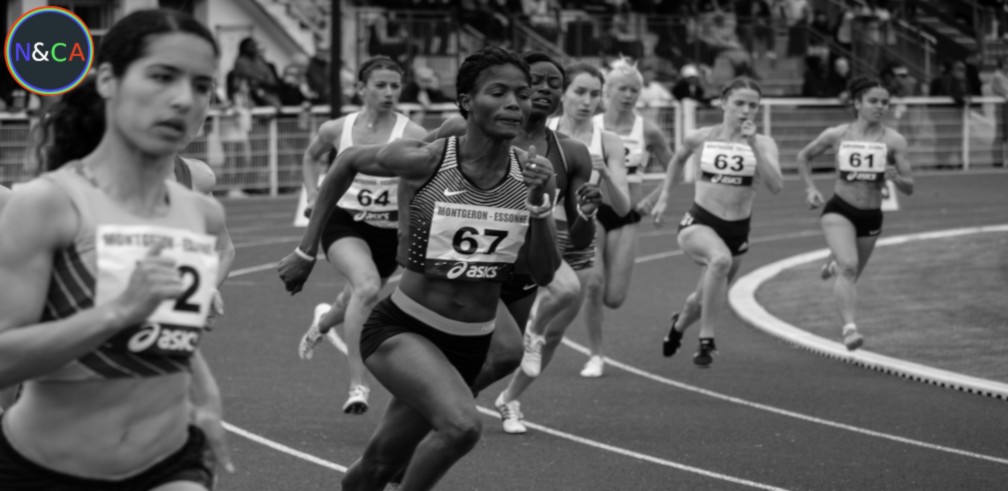Mitigating Effects Of Heat
On Sports Persons
With the global rise in temperature, sports bodies and
athletes are turning towards science to make sure sporting
events can be organized safely. There have been many
instances of sports person collapsing due to heat. For
instance, Callum Hawkins, a distance runner from Scotland
collapsed due to Thirty Degrees Celsius heat during
Commonwealth Games of 2018.

The problems related to extreme environments and exercising
in such environments is being studied since 1930s. For
several years now, athletes who are not familiar with taking
part in sporting activities in hot conditions, do training
in hotter climates as a means of acclimatizing themselves
and reducing heat-related illness risk. However, more
personalized and effective strategies for heat
acclimatization is required.
Adaptation To Short Term Physiological Changes
In addition, organizers of sporting events should take
necessary steps to reduce exposure to heat as well as offer
rapid medical care when required. Sports scientist and
physiologist are developing strategies that will help the
body adapt to physiological changes of short-term nature and
help reduce chances of premature fatigue in athletes. It
will also help in lowering heat-related illness and problem
of lower performance.
A decade ago acclimatization approaches were not that
rigorous. For example, athletes used to travel to training
camps in warm weather locations or exercise in environmental
chambers that were programmed to recreate a specific
relative humidity and temperature condition.
Controlled Hyperthermia
These steps focused on time spent in a certain weather
condition. But, very less focus was given on analyzing how
the body was adapting to such heat conditions. However, in
last five years we noticed that researchers have
considerably refined the methods. For example, a procedure
known as Controlled Hyperthermia is used nowadays. In this
process athletes perform exercises for 30 minutes for
raising their core temperature to about 38.5 Degrees
Celsius, which is over their natural healthy temperature
range. After that, these athletes maintain this temperature
for about 30 to 60 minutes. For this they either continue
mild exercises or sit in the sauna.
These sessions continue over a period of five to ten days
resulting in different physiological adaptations in athletes
such as lower heart rate, increase in sweat rate, better
comfort while exercising, and reduced resting body
temperature. Such acclimatisation techniques provide correct
results when they are part of personalized programs as per
any athletes normal response to very high temperatures and
understanding the thresholds for a particular athlete.
Steps Taken By Organizers Of Sporting Events
Apart from athletes, event organizers are also implementing
various steps for reducing heat stress that athletes have to
face. For example, organizers and sporting bodies are
adjusting competition timings to ensure that those
competitions are held at times of the day when the
temperatures are cooler. In addition, organizers are also
describing the conditions in which competitions can be
suspended or moderated.
Steps are also being taken by organizers of sporting events
to make sure athletes get proper care if they fell ill
because of heat conditions. Research reveals that in case of
heat emergency it is very important to cool down the sports
person. This reveals that if an athlete is immersed in 10
Degrees Celsius water up to the neck then it helps to cool
the person quite effectively. Such cooling should take place
for 15 minutes or till the time rectal temperature of the
sports person goes under 39 Degrees Celsius, before the
person is moved to a hospital.
